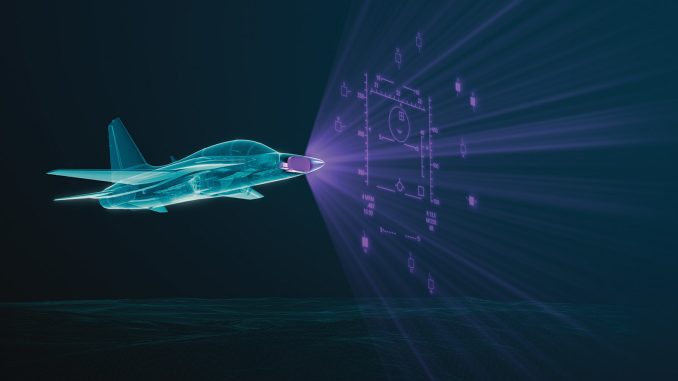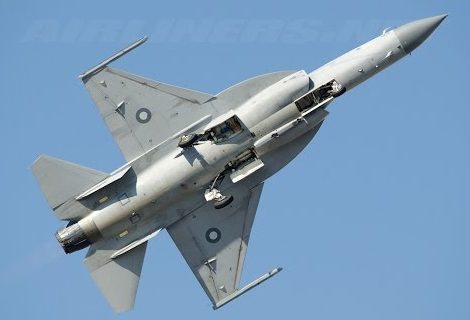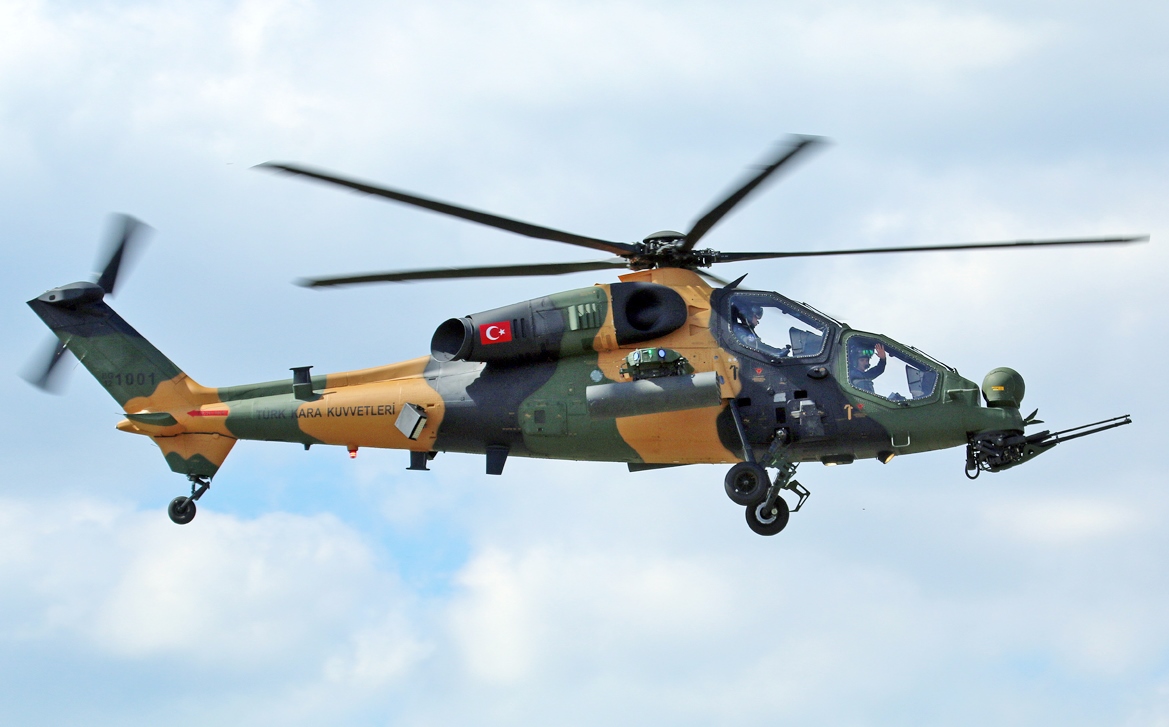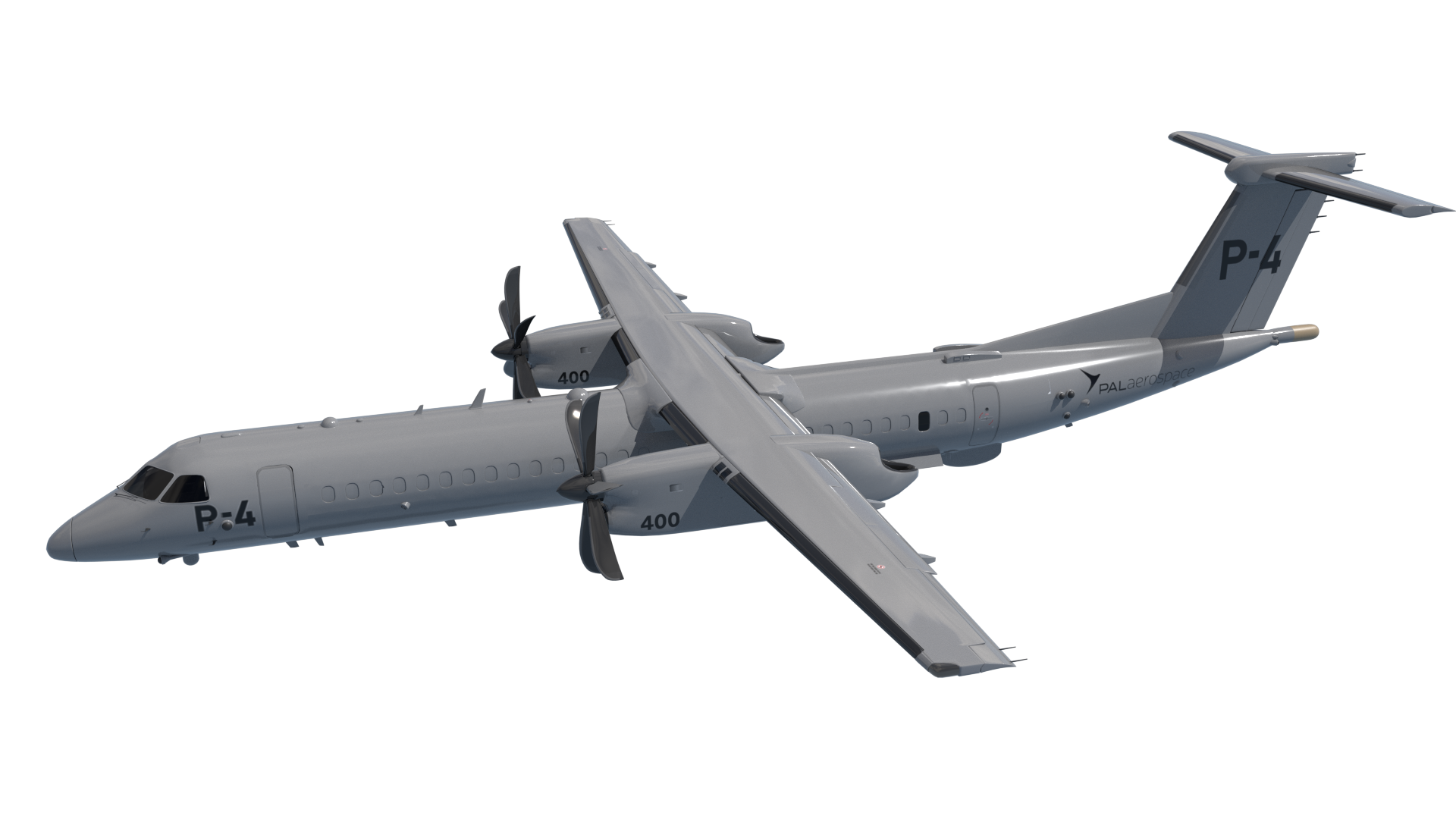
SHAH ALAM: The US government has approved for export the Raytheon Phantom Strike radar, an advanced fire control radar for installation on Korea Aerospace Industries’ FA-50 Light Combat Aircraft (LCA). Phantom Strike was approved to be exported as a Direct Commercial Sales product to KAI and the initial deliveries will take place in 2025.
From Raytheon:
ARLINGTON, Va., May 15, 2023 /PRNewswire/ — Raytheon Technologies (NYSE: RTX) will outfit Korea Aerospace Industries’ FA-50 Light Combat Aircraft with the new PhantomStrike radar. PhantomStrike is a fully air-cooled fire-control radar designed to provide long-range threat detection, tracking and targeting. Working with the United States Government, PhantomStrike was approved to be exported as a Direct Commercial Sales product to KAI.
PhantomStrike is a first-of-its-kind, compact AESA radar that is smaller, lighter and requires less power. It is designed for a wide range of platforms including light-attack aircraft, rotary-wing aircraft, uncrewed aerial vehicles, and ground-based towers.
“Outfitting the FA-50 with the PhantomStrike radar upgrades the capability of a critical aircraft, providing unparalleled performance in a compact, affordable package,” said Annabel Flores, president, Global Spectrum Dominance at Raytheon Technologies. “All while keeping these jets fast, agile and easy to maintain.”
PhantomStrike combines two Raytheon Technologies specialties — a gallium nitride-powered array and the compact high-reliability integrated receiver/exciter processor, or CHIRP — to match the capability of modern AESA radars. The upgrades provide capabilities including digital beam forming and steering, multimode functionality, and interleaved ground and air targeting.
“Threats on the battlefield always evolve, and PhantomStrike makes it possible for KAI to offer high-performance fire control radar capabilities that can integrate with U.S. and international weapon systems, so FA-50 customers maintain air dominance,” said Flores.
Production of the radars will take place in Forest, Mississippi; Tucson, Arizona; and Scotland, with support from Raytheon UK. Initial deliveries are expected in 2025.
As reported previously, Polish FA-50s will be the first aircraft to be delivered with the Phantom Strike radars. RMAF ones are also to be fitted with the same radar.
— Malaysian Defence





So who’s the new LIG Nex1 Aesa radar is for? I thought the reason why pay lower amount is because the radar is korean made
As the Phantom Strike will be already integrated with US made missiles for the Polish deal.
We’re probably getting a cheaper deal because the poles would pay for integration cost and we’re just doing the time honored tradition of “alang alang tumpang sekaki” kinda deal hence why the poles will get their Block 20 birds first.
I’d imagine the new domestic made AESA radar are for existing TA-50/FA-50 users (RoKAF included) that wanted an equivalent Block 20 upgrade for their planes but couldn’t get access to Phantomstrike radar due to US restrictions (Iraq?) or Lockmart shenanigans (SK)
That said
Despite it low exchange rates prices, phantom strike are far more affordable then LIG NEx1 to Poland & MY since it paid for in USD rather than won. It’s also intergrated with US weapons allowing Poland or/& MY to access uncle Sam weapons stockpile allowing Poland &/or MY to reduce their stockpile requirements while increasing the level of deterrence significantly as these small Countries has access to plenty of precision strike missiles.
It’s also satisfy Washington obsession with having leverage & a say in foreign countries affairs by being a provider of air power.
The bad thing is SK are unlikely to subsidize Intergration cost & the Intergration cost is quite substantial. IE both countries has to commit to 36 jet each while each of the jet cost double the block 10 off the shelf prices despite the per unit price of phantomstrike which is said to be around half a million dollars.
We do not have plenty of strike missiles. One of the reasons we chose the FA-50 as the weapons already integrated on it – the Sidewinders and Maverick – are already in service. We want the Phantom Strike as it will enable us to use the Amraam missiles already in service as well. As Poland wants the Phantom Strike it will of course pay for its integration. Once integrated on the aircraft, other users could also use the same radar.
If we wanted something cheaper, we could have selected the JF-17 but then we must buy new missiles and then training for our personnel which in the end will nullify the initial cheaper price of the aircraft.
I’d love to find out the specifications of this still classified AESA radar. The Phantom Strike compact has capabilities equivalent to the F-16. What does that actually mean…anyone?
Zaft – ”It’s also satisfy Washington obsession with having leverage & a say in foreign countries affairs by being a provider of air power”
What ”obsession”? The U.S. has been the dominant power since 1945 and like other powers since the dawn of time will do all it can to ensure it has the edge in various areas.
Zaft – ”The bad thing ”
There is no ”bad thing”. The fact remains that the RMAF is getting its preferred platform; one in service with various countries and one which will not create huge issues getting into service and sustaining.
I am intrigued if the LCA/FLIT fleet orders will be a singular LCA cum FLIT model or will there be dedicated LCA & FLIT configurations. If its the former I can see a reason to outfit all of them with PS radar tho the overall price for the whole 36 units will be astronomically high for part time trainers. OTOH of its the latter, to equip the FLITs with PS radar would be overkill and an unnecessary expenditure just for a bunch of trainers.
The goal is for 36 units, but if all of them are to be LCA configured, likely we won’t be able to get all the 36 units we want simply due to cost per plane. And PS radar is just one factor, we still need to get Sniper pods for LCA, yet an extra cost to the overall.
Your concerns are legitimate. But on the other hand, if all the FLIT/LCA are configured the same ie the radar, it will be easier and cheaper for new pilots to be declared operational. Currently they must be trained on the 108 without the radar and they become operational on the 208, with radar. Perhaps RMAF experience with converting new pilots on the Hawks and the Hornets/Flankers has coloured its decision on the final fit the FLIT/LCA.
As for the targeting pod, of course, we will not be buying for all of them. I stand to be corrected of course.
I am unware of TUDM pilot progression path, perhaps you can shed some light on that.
I assume that pilots would move up the fleet to handle more complex planes as they mature with their current mounts? Ie; from radarless trainers, to light fighters Hawks, to Hornets to MKM. So maybe a radarless (or fitted a basic radar) FLIT would suit the training & maturity path of the pilots, and not be an expensive overkill for a trainer role.
It’s the kind of thing RMAF is shy to talk about. I will try get more on the FLIT/LCA thing at LIMA, insya Allah
Thanks for helping to find more about it, as well whats the status about the Kuwaiti Hornets, our own legacy Hornet SLEP, and what TUDM gonna do for the soon to come MKM SLEP in view of the current war in Ukraine.